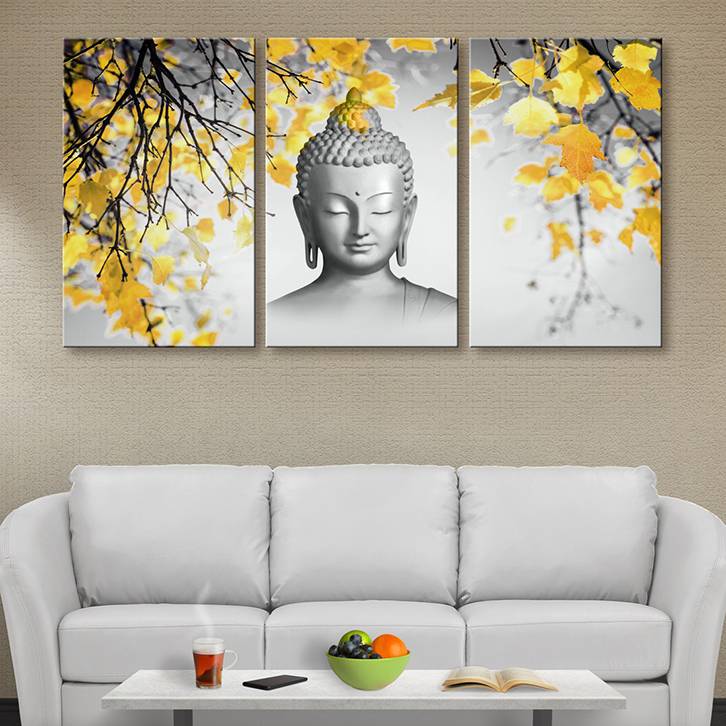
Painting the ocean can be a truly inspiring experience for artists. The ever-changing colors, the dynamic movement of the waves, and the vastness of the sea offer endless possibilities for creative expression. Whether you are a beginner or an experienced painter looking to improve your seascapes, this guide will provide you with tips and techniques to help you create stunning ocean paintings.
Choosing the Right Materials
Canvas
- Opt for a canvas that is suitable for acrylic or oil paints.
- Consider the size of the canvas based on the scale of the seascape you want to create.
Paints
- Use high-quality acrylic or oil paints for vibrant colors and durability.
- Invest in a range of blues, greens, and whites for capturing the various shades of the ocean.
Brushes
- Choose a variety of brushes in different sizes and shapes for different techniques.
- Flat brushes are great for creating smooth surfaces, while round brushes work well for adding details.
Understanding the Ocean
Before you start painting, it is essential to understand the ocean and its characteristics. Observing the sea in different lighting conditions and weather can help you capture its essence on canvas.
Study the Colors
- Observe how the colors of the ocean change depending on the time of day and weather.
- Pay attention to the reflections of the sky and surroundings on the water's surface.
Capture the Movement
- Notice how the waves break, crash, or gently roll onto the shore.
- Study the patterns and rhythms of the ocean to create a sense of movement in your painting.
Techniques for Painting Seascapes
Layering
Building layers of colors can add depth and dimension to your ocean painting.
- Start with a light wash of color for the sky and water background.
- Add darker tones for the depth of the sea and shadows.
- Use a dry brush technique to create texture and waves.
Impasto
Impasto is a technique where paint is applied thickly to create a textured surface.
- Use a palette knife to apply thick strokes of paint for waves or rocks.
- Experiment with different angles and pressure to create various textures.
Blending
Blending colors seamlessly can help create a realistic and harmonious seascape.
- Use a soft brush or a dry brush to blend colors together for a smooth transition.
- Work quickly and lightly to prevent muddy colors.
Tips for Painting Ocean Scenes
Start with a Sketch
Sketching your composition before painting can help you plan your colors and composition.
Focus on the Horizon
Pay attention to the horizon line to create a sense of distance and perspective in your painting.
Experiment with Light and Shadows
Adding highlights and shadows can enhance the realism and drama of your ocean painting.
Finishing Touches
Once you have completed your ocean painting, consider adding some final touches to enhance its visual impact.
Details
- Add details such as seagulls, boats, or rocks to bring life to your seascape.
Textures
- Enhance textures by adding highlights with a small brush or palette knife.
By following these tips and techniques, you can create stunning ocean paintings that capture the beauty and essence of the sea. Remember to practice regularly and experiment with different styles to find your unique artistic voice in the world of ocean painting.
